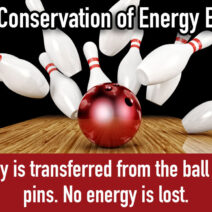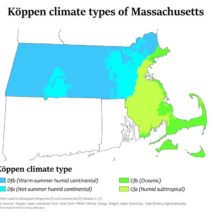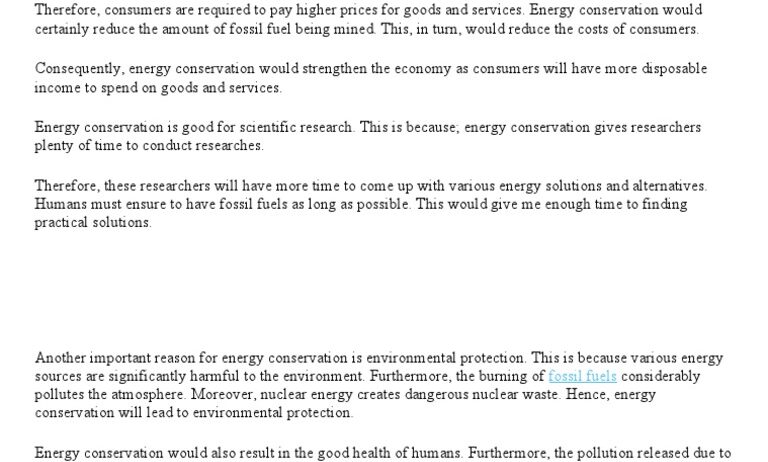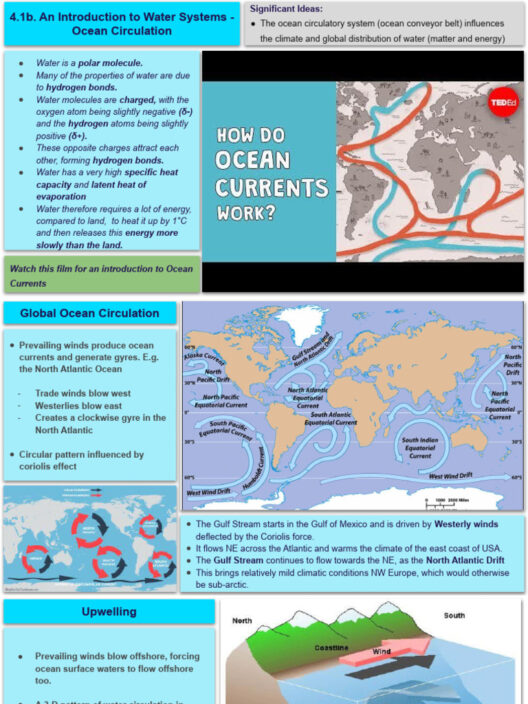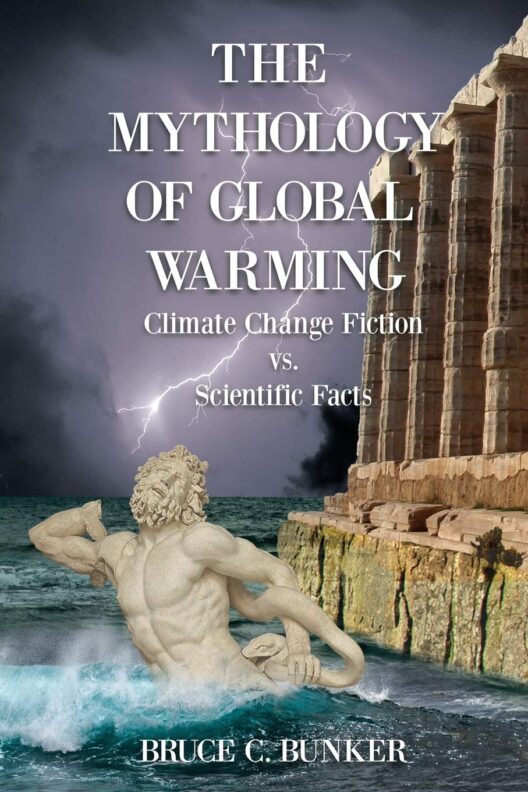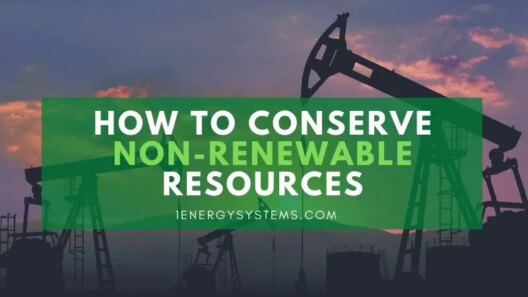What if we could tap into the limitless potential of energy resources while nurturing the fragile ecosystem that sustains us? A tantalizing question, indeed! The intricate web of energy resources envelops our lives, significantly influencing the trajectory of our planet’s health. Understanding these resources and the imperative of conservation serves as a linchpin in our quest for a sustainable future.
Energy resources refer to the various sources and materials we harness to generate energy. They can be divided broadly into two categories: renewable and non-renewable resources. Renewable energy resources, such as solar, wind, hydro, geothermal, and biomass, are replenishable in nature. Non-renewable resources, including fossil fuels—coal, oil, and natural gas—are finite, formed over millions of years, and thus their depletion raises pressing concerns.
The ecological ramifications of our relentless consumption of non-renewable energy resources cannot be overstated. The extraction and utilization of these resources result in environmental degradation, habitat destruction, and significant greenhouse gas emissions. The resulting climate change threatens biodiversity and poses existential challenges to humanity. Moreover, air and water pollution linked to fossil fuel extraction and combustion detracts from public health, spurring chronic respiratory conditions and other ailments.
Conversely, renewable energy resources present an alluring opportunity to curtail our ecological footprint while ensuring energy security. Solar power, for example, harnesses the sun’s rays, transforming them into electricity with minimal emissions. Wind energy capitalizes on the natural flow of air, churning turbines to generate power. When strategically developed, hydroelectric systems can produce abundant energy while supporting aquatic ecosystems. Each of these technologies contributes a verse to the poignant ballad of sustainability.
One might wonder: Are these renewable sources sufficient to meet our energy demands? The challenge lies not just in the vastness of our energy appetite but also in the intermittency of some renewable resources. For instance, solar power generation diminishes when night falls, and wind energy production can fluctuate with weather patterns. This variability necessitates the integration of energy storage solutions, such as batteries and pumped hydro storage, to ensure a steady energy supply. A multifaceted approach that combines various renewable resources, also known as a diversified energy portfolio, can create resilience against the vicissitudes of nature.
Energy conservation, an often-overlooked counterpart to energy generation, plays a vital role in reducing our overall consumption. Conservation entails employing strategies that reduce energy usage without sacrificing comfort or convenience. Simple actions, such as turning off lights when not in use, using energy-efficient appliances, and optimizing heating and cooling systems, can yield substantial energy savings. In commercial settings, curbing unnecessary energy consumption leads to considerable cost reductions and enhances the bottom line, illustrating that environmental stewardship can be economically advantageous.
Moreover, promoting energy efficiency in our buildings represents a bastion of potential that remains largely untapped. Consider the prospect of retrofitting existing structures to incorporate advanced insulation, window technologies, and smart systems that optimize energy use. This shift not only lessens our reliance on external energy sources but also bolsters the resilience of our energy infrastructure—a critical consideration as we navigate the uncertainties posed by climate change.
Transitioning to renewable energy resources and implementing rigorous conservation practices is not merely a technical endeavor; it is a socio-political challenge that demands collective action. Public policy plays an instrumental role in shaping our energy future. Government incentives and subsidies can bolster investments in renewable technologies, while regulations mandating energy efficiency standards foster a culture of conservation. Sustainable urban planning can weave green spaces into the fabric of cities, enhancing the quality of life while encouraging alternative, low-impact transportation options.
At the individual level, fostering a culture of energy consciousness is paramount. Education and awareness campaigns can equip citizens with the knowledge necessary to make informed choices regarding energy use. When communities collectively embrace sustainable practices, the ripple effects can be profound. Initiatives such as community solar projects, green building programs, and energy co-ops cultivate a sense of shared responsibility toward guardianship of our energy resources.
The concept of energy resources and conservation intertwines with broader themes of equity and justice. Marginalized communities often bear the brunt of environmental degradation, enduring the adverse health effects and socio-economic ramifications linked to energy poverty. Bridging the energy divide through equitable access to renewable energy solutions can empower these communities and enhance their resilience. Collaborative efforts that engage these populations in energy planning can illuminate pathways toward sustainable development.
As we stand on the precipice of a new energy paradigm, we encounter both challenges and opportunities. The converging crises of climate change, resource depletion, and environmental degradation necessitate a reevaluation of our relationship with energy. By fostering innovation, embracing sustainable technologies, and promoting conservation, we can safeguard Earth’s power sources for generations to come.
In conclusion, the question posed earlier—what if we could tap into the limitless potential of energy resources while nurturing our planet?—is not merely rhetorical but an urgent call to action. By prioritizing renewable energy and conservation, we position ourselves as stewards of sustainability, equipped to protect our irreplaceable energy resources. The future of our planet rests upon the choices we make today.
